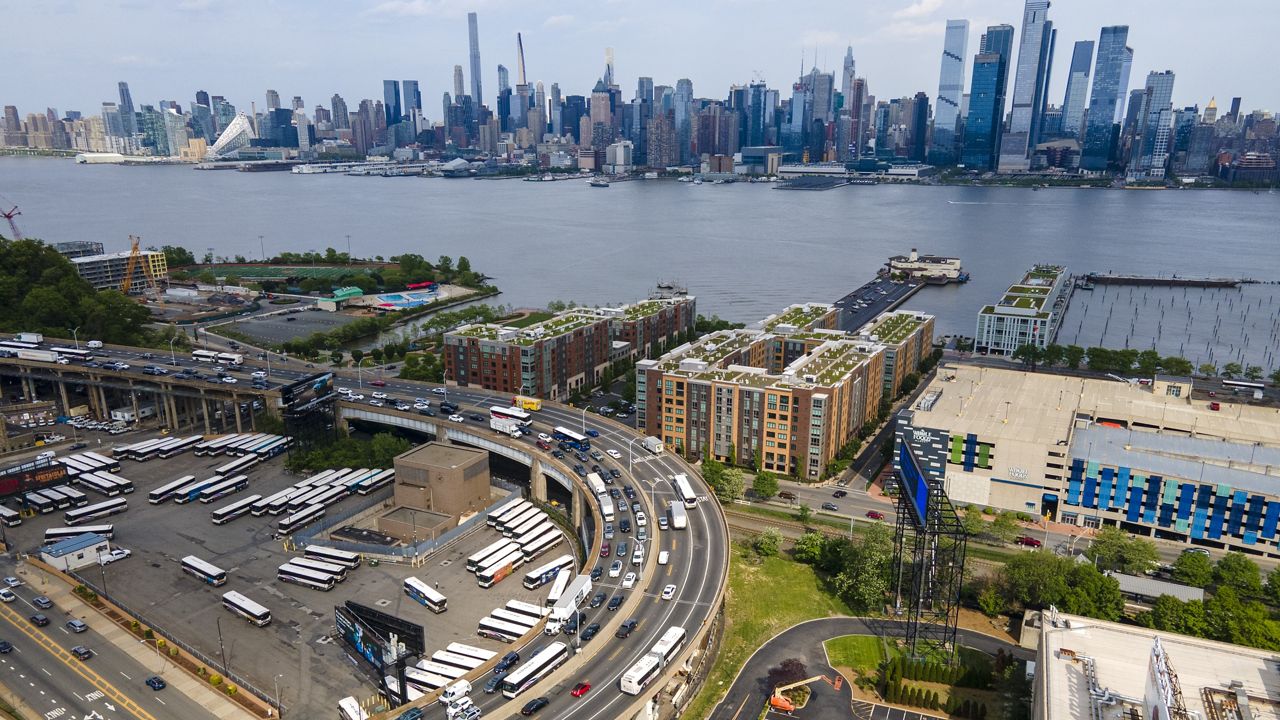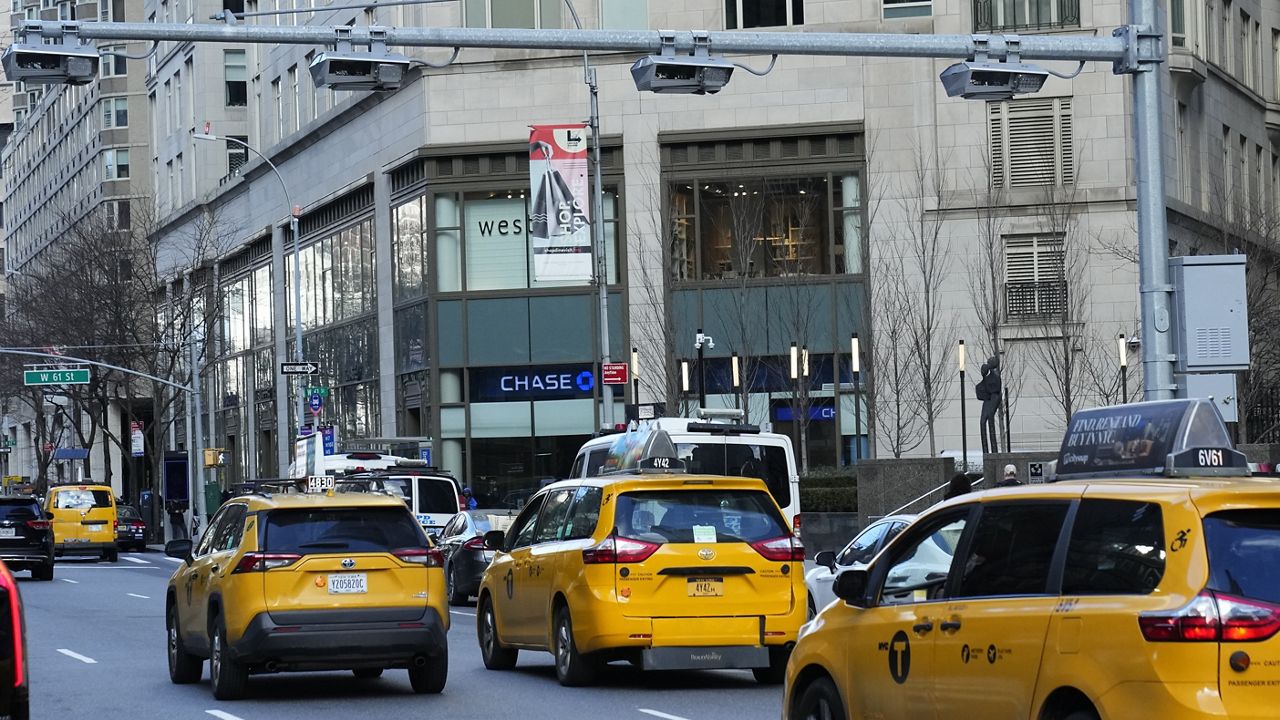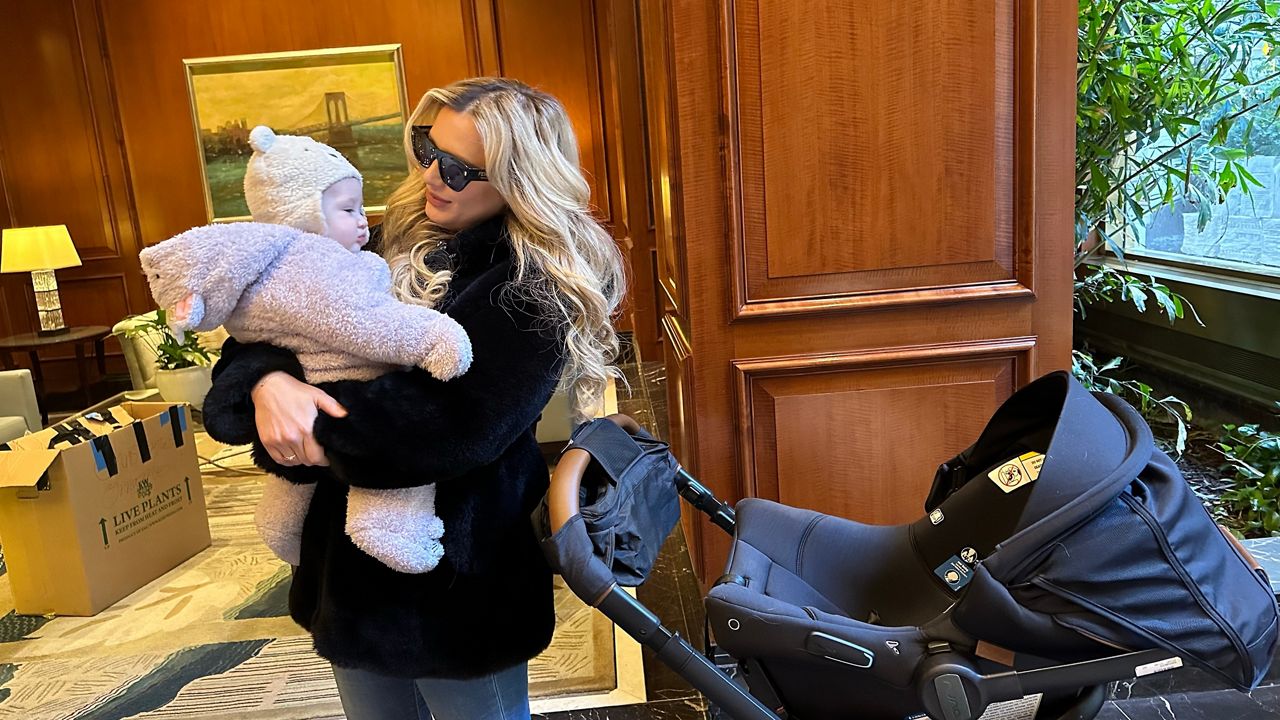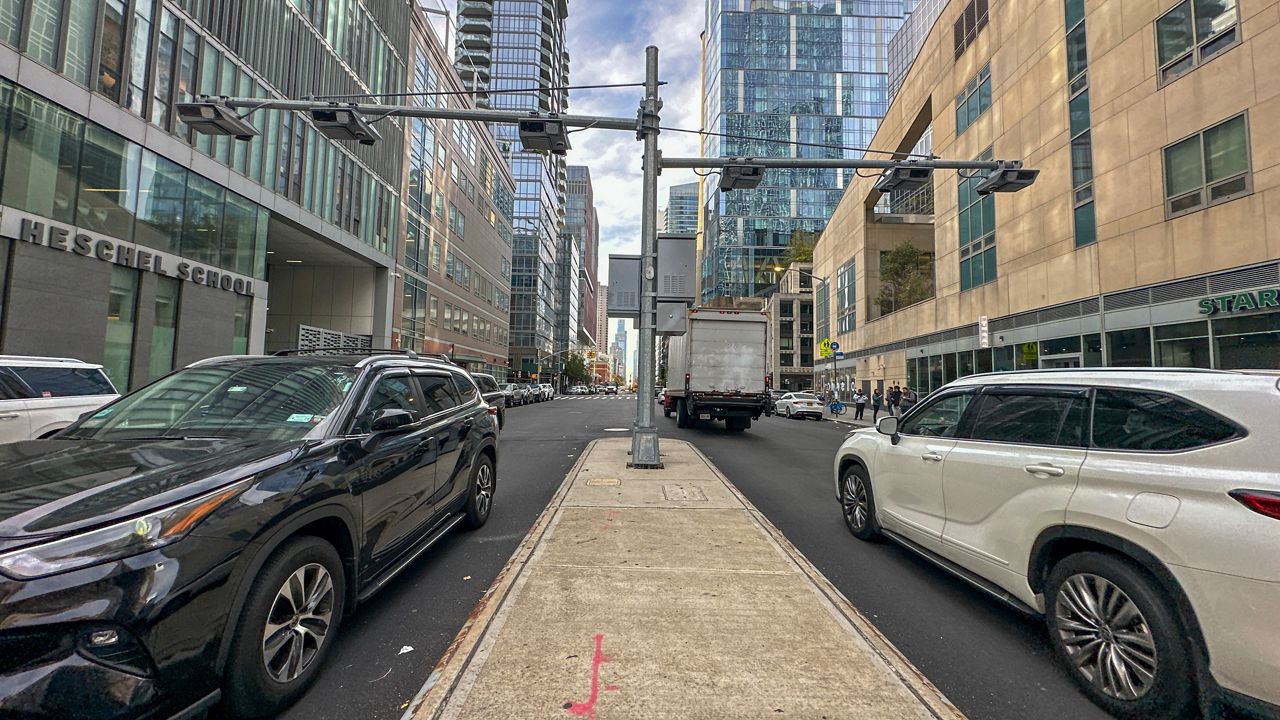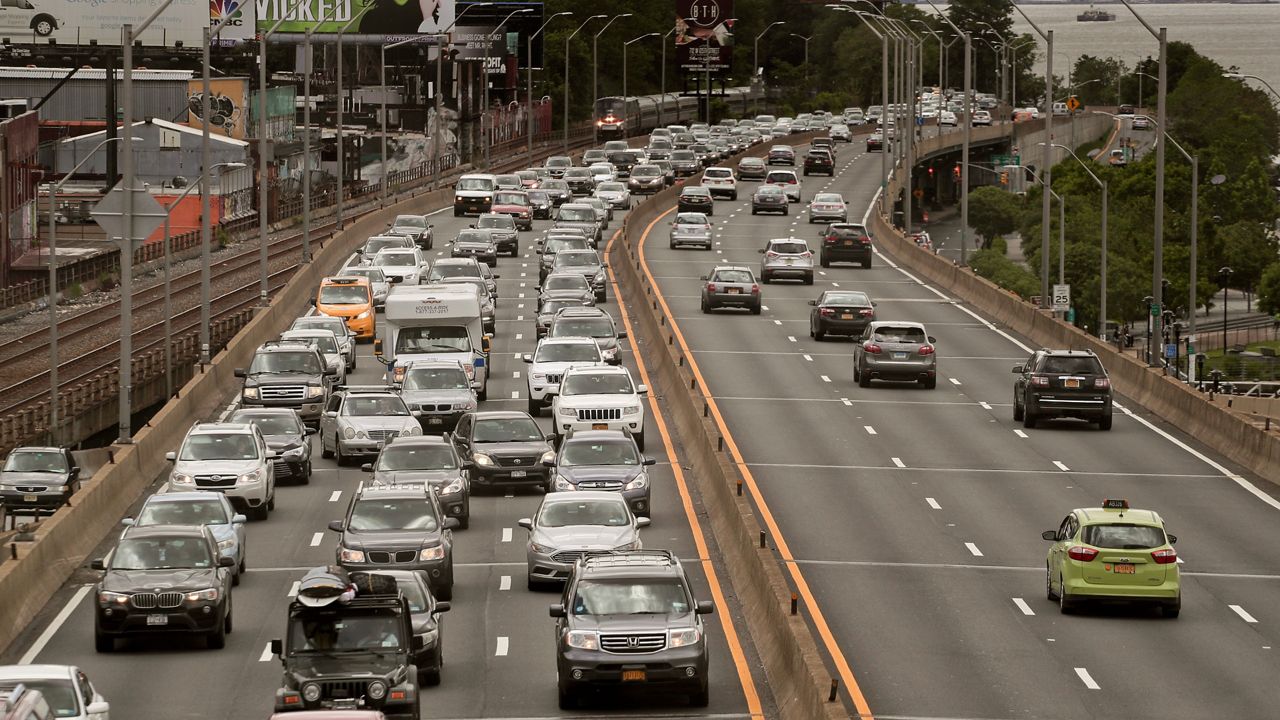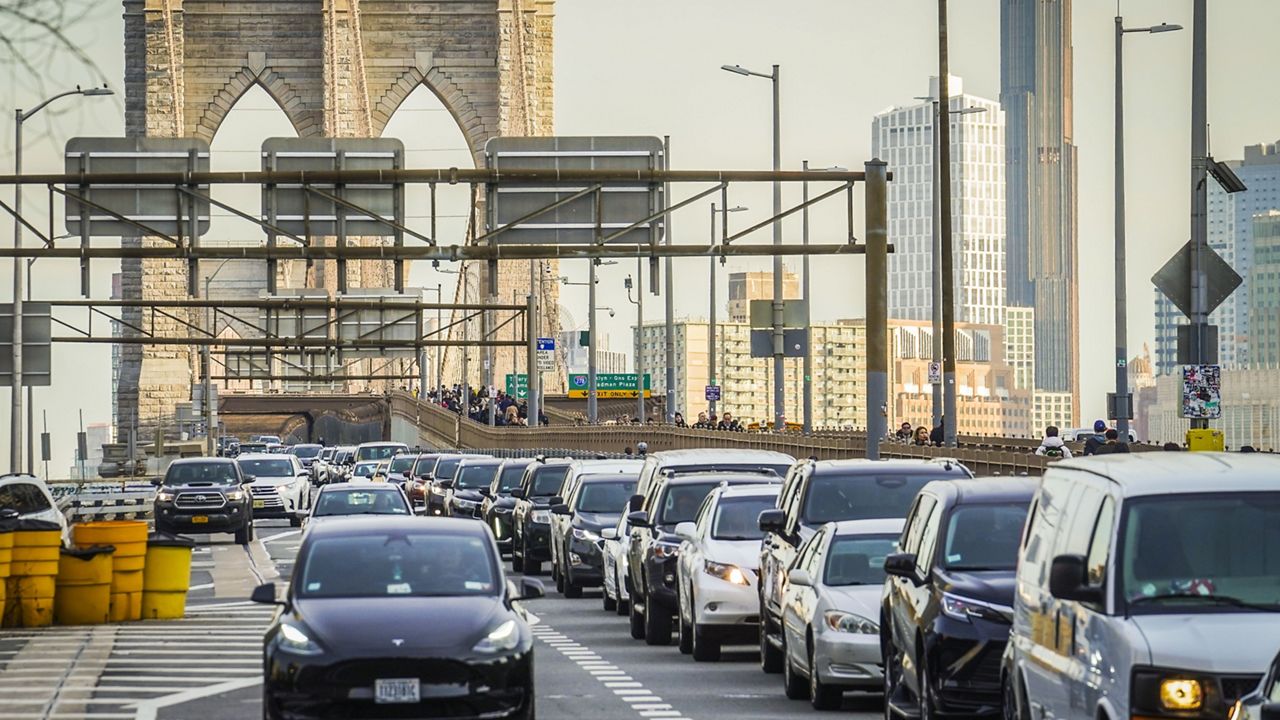The second week of congestion pricing saw more than 26,000 fewer vehicles below 60th Street Monday through Friday compared the MTA’s baseline average for a January weekday, having an effect on bus speeds.
What You Need To Know
- The MTA says express buses, especially those that cross the East and Hudson rivers, are seeing improved speeds in the morning commute
- One of the slowest buses in Manhattan, the M50, saw a 5% faster ride in the morning rush since congestion pricing
- According to the MTA, the agency has made double-digit gains in the percentage of riders paying their fares on both buses and subways
“Less traffic has improved the commutes of bus riders,” MTA Senior Vice President of Buses Frank Annicaro said. “Especially in the am peak.”
Annicaro says it’s especially true for express buses crossing the Hudson and East rivers.
“For example, the SIM 24 saved seven minutes driving through the Lincoln tunnel as compared to last year,” he said at the New York City Transit monthly committee meeting Monday.
But local buses that go crosstown are speeding up, even if it’s just by a hair.
“The M50, sometimes known as being the slowest bus route in Manhattan, has shaved 1.3 minutes or 5% off its runtime,” Annicaro said. “Again, it’s very preliminary data.”
Riders on the route have mixed opinions. When asked about whether there was improvement, Rhea Kohli, who rides every day, said no.
“No, but that’s probably because there’s lots of construction,” Kohli said.
Others had a different opinion.
“Well, because of the congestion pricing, it comes a little faster now,” rider Jailall Ramchamd said.
There’s also good news for the MTA itself on fare evasion both on subways and buses.
“Preliminary, we’re seeing a double-digit improvement on both,” Annicaro said. “And we continue to expand the locations and different operating procedures of our fare enforcement team or our eagle team.”
The fare enforcement on buses started on select buses, but the MTA says it is now moving to local buses as well.
Also, as the governor proposed, in addition to more police in the subways, by the end of next year there will be new fare gates in 40 stations that should also prevent people from evading the fare.

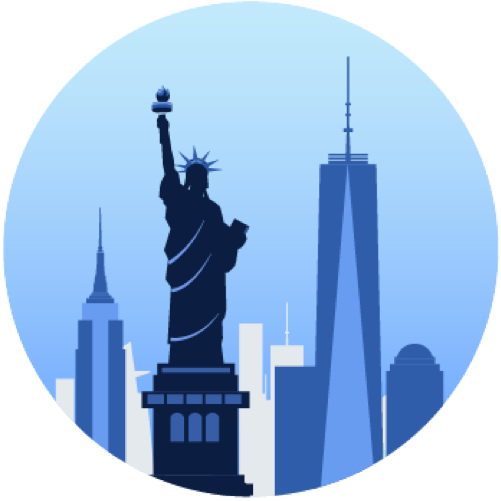


_PKG_CP_Bus_Speeds_CLEAN?wid=320&hei=180&$wide-bg$)

